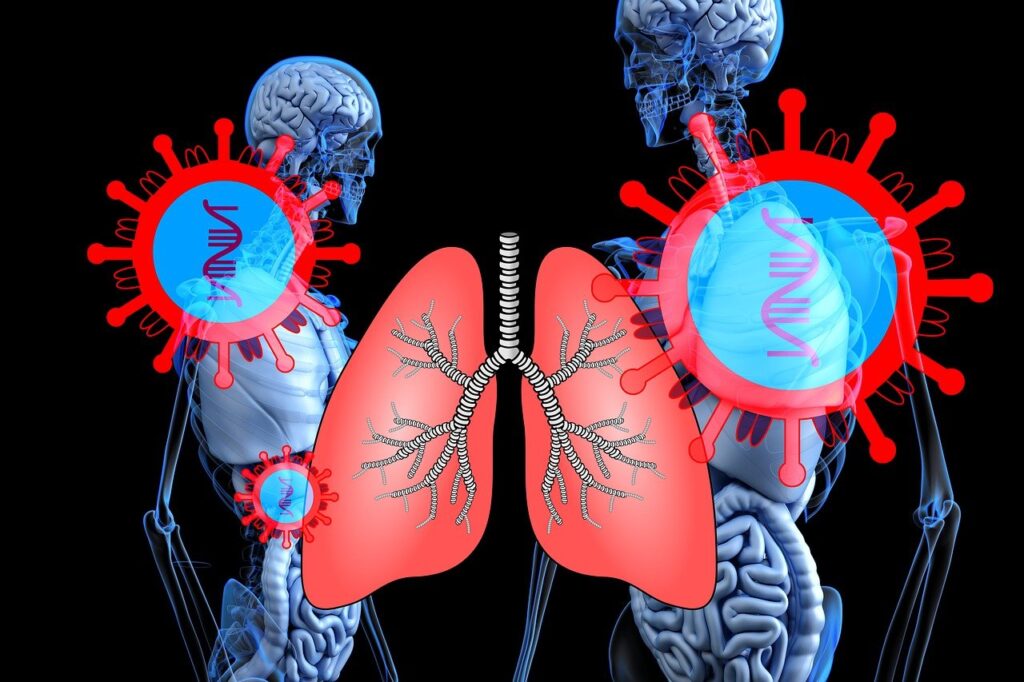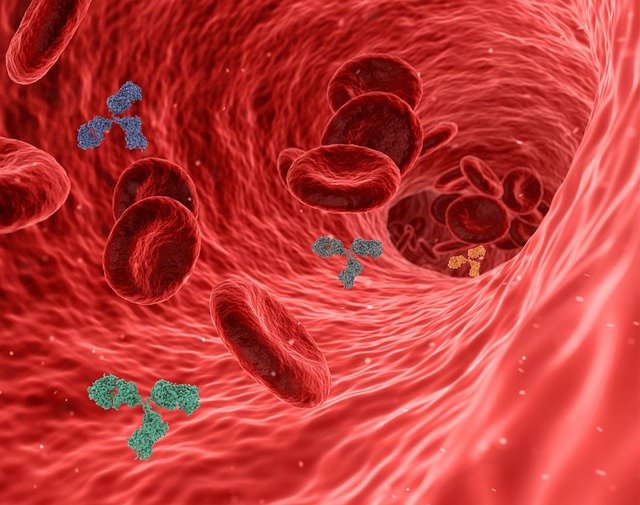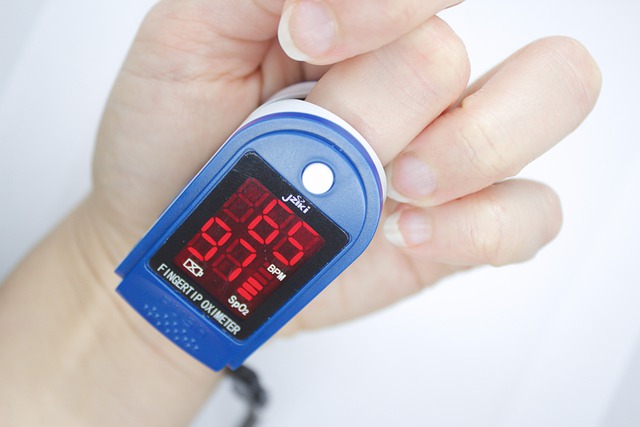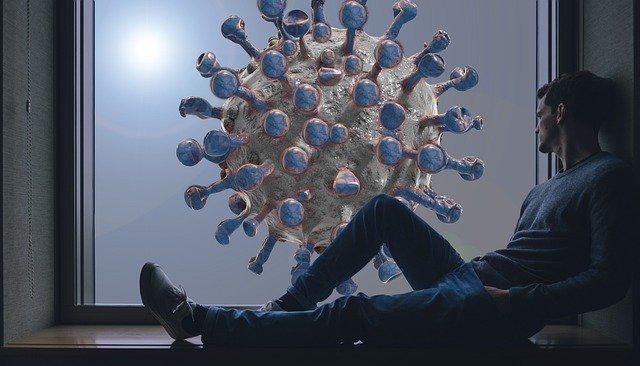Indonesia records one of the initial cases of happy hypoxia :
In March 2020, a covid-19 patient arrived at a hospital in Indonesia complaining of fever and cough. He was medically fit and was walking freely. His blood pressure, pulse and body temperature were normal. But when doctors checked his oxygen level, his oxygen level was 77 percent. This was one of the earliest cases of covid-19, where the patient could not find that he was lacking oxygen saturation in his body. Doctors now refer such cases as Happy Hypoxia. The cases of Happy Hypoxia have increased the discomfort of doctors.

In young patients with little or no symptoms of covid-19, oxygen levels drop sharply. This is one such symptom of covid-19 in which neither the breath becomes bloated nor the fatigue will be felt. But Happy Hypoxia does its job in a stealthy manner. After some time, the patient dies.
Over time, Covid-19 disease has revealed many mysterious symptoms. One of the most shocking symptoms is ‘Happy Hypoxia’. In the second wave, which, unlike the first outbreak, is affecting the younger population, more and more patients are reportedly suffering from the condition. There is no doubt that in the second wave of corona infection, ‘Happy Hypoxia’ is playing an important role in deaths in the younger generation.
As we know that India is in the grip of second wave or second wave of coronovirus infection. This wave is affecting some more young people. After all, why is the young population in danger in this wave?

Why our youth is most affected by second wave of covid-19?
In this wave, Medical Director of Masina Hospital, Dr. Satyendra Nath Mehra has explained the factors that make the youth vulnerable to deadly novel coronaviruses.
According to him, young patients with no comorbidities are getting the most affected due to two major factors. The first reason is “most younger generation patients are not even aware that their oxygen level is decreasing. Thus they continue their normal activities without interference. The patient becomes unstable as the oxygen level drops down.
This condition itself is known as ‘Happy Hypoxia’ and results in the progression of COVID-19, which also leads to death.
Dr. Mehra “states that the second reason for young people being affected by COVID-19 is that they lagged behind in taking important precautions like disease prevention, wearing masks, cleaning hands regularly, maintaining social distance, etc. Or you can say that they were not taking all the necessary precaution. That is why they are also more affected.

Indian Council of Medical Research (ICMR) chief Dr. Balram Bhargava (Dr Balram Bhargava) says, the second wave of COVID-19 epidemic is affecting a huge number of young people as they will start going out and Some variants of SARs-COV- 2 are prevalent in the country, which may be another reason.

What is ‘Happy Hypoxia’?
When the COVID-19 pandemic started, very common symptoms were seen, such as common cold, flu, etc. and when severe, there is difficulty in breathing. These kinds of symptoms were being told. But as it started to spread, doctors noticed some changes in its symptoms too, such as diarrhea (Diarrhoea), loss of smell and taste, formation of clots in small blood vessels, etc.
COVID-19 disease has exhibited many mysterious symptoms over time. One of the most shocking symptoms is ‘Silent Hypoxemia’, also known as ‘Happy Hypoxia’.
Hypoxia refers to very low blood oxygen levels. Normal oxygen levels in the bloodstream of a healthy person are above 95%, but an alarming drop of less than 40% has been observed in COVID-19 patients.
Hypoxia is a warning sign for imminent failure of vital body parts such as the kidneys, brain, heart, and is usually accompanied by major shortness of breath.
But ‘Happy Hypoxia’ does not show any clear external signs and symptoms. Consequently, in the early stages of the disease, the COVID-19 patient from the outside appears fine and “healthy”.
After all, what is the reason behind the lowering of oxygen level in patients?
According to healthcare experts, the primary cause of ‘Happy Hypoxia’ is coagulation, or extensive clots, which form in a complex network of small blood vessels in the lungs.
The underlying factor behind this is an Inflammatory reaction in the body. This in turn prevents the cells and tissues in the lungs from receiving adequate oxygen supply. This can cause the organs to stop functioning and the condition can become life-threatening.

Now here is a question, why is ‘Happy Hypoxia’ is occuring among younger group?
Experts says that the immunity of the youth is strong than others, in such a way even if the oxygen saturation levels in the blood comes to 80-85%, they do not feel any symptom.
On the other hand in the elderly, If oxygen saturation has dropped to such extent, they will immediately start having a lot of trouble. This is the reason why younger group don’t realize their dropping oxygen saturation, and when they start realizing, it’s is too late.
How to identify ‘Happy Hypoxia’?
Blood oxygenation using a Pulse Oximeter, even if portraying only minor symptoms of COVID-19, such as a cold, cough, sore throat, fever, headache, without any kind of respiratory difficulty. It is advisable to continuously measure the level of. Also, it is mandatory to measure the level of oxygen in the blood even if the color of the lips or skin changes from natural color to blue.
What is a Pulse Oximeter?
Pulse Oximeter is a device that measures the amount of oxygen in the blood. It is a non-invasive technique and experts uses it to obtain rapid blood oxygen levels and heart rate readings.
Coronovirus disease is, first and foremost, an infectious disease that affects the respiratory and upper respiratory tracts. It eventually causes damage to the lungs in advanced stages of the condition. Pulse Oximeter is a very useful device that can help detect blood oxygen levels in the early stage of COVID-19. It help measuring the same even before the disease appears in more severe forms.

How to prevent this?
Doctors and healthcare experts are constantly advising that covid-19 patients should keep check on their blood oxygen levels from time to time. This is the best way to avoid happy hypoxia. So it is better that you do not live in any kind of misconception about your condition, just because you don’t feel any difficulty breathing. Please keep checking the oxygen level, it is very important. If you are producing any kind of symptom, consulting a doctor immediately would be a life saving. Any delay may prove to be fatal.
Also read our related article on how to increase oxygen level in the body?





